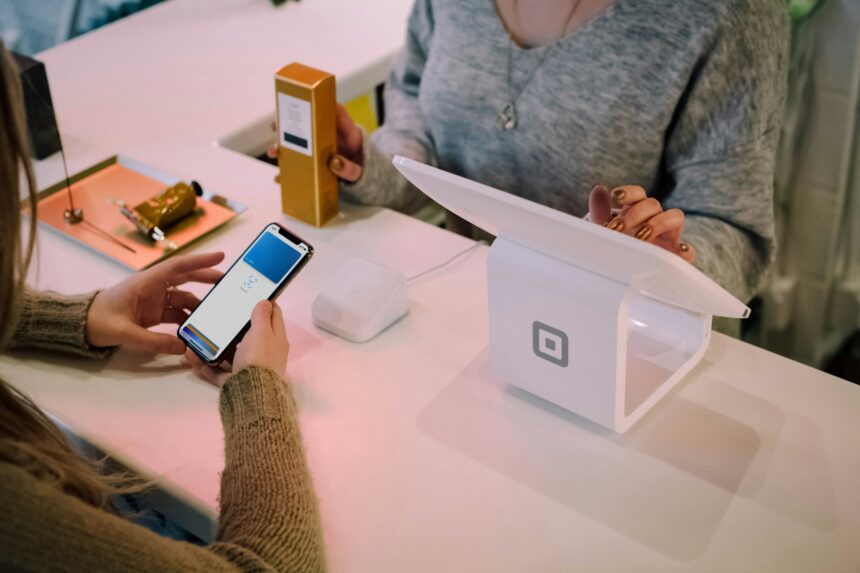The landscape of the fast casual dining industry has been transformed dramatically with the introduction of mobile ordering systems. This innovative approach not only enhances customer experience but also streamlines restaurant operations, contributing to increased efficiency and profitability. In this article, we delve deep into the multifaceted benefits of mobile ordering in fast casual dining environments.
Enhanced Customer Experience through Convenience and Speed
One of the foremost advantages of mobile ordering is the significant enhancement in customer convenience. Patrons of fast casual restaurants can now bypass traditional queues, placing orders directly from their mobile devices. This not only saves time but also allows for a more relaxed dining experience. Customers appreciate the ability to order at their own pace and the reduced wait times contribute positively to their overall satisfaction.
Furthermore, mobile apps often store previous orders, making it quicker and easier for repeat customers to reorder their favourite meals with just a few taps. This level of personalised service fosters brand loyalty and encourages repeat business.
Optimised Operational Efficiency
From an operational perspective, mobile ordering can drastically improve efficiency. Orders placed via mobile apps are typically more accurate, reducing the likelihood of errors during order taking. This precision helps in kitchen management, allowing for a smoother flow of operations and reducing food wastage.
Moreover, staff can redirect their focus from order taking to more critical tasks such as food preparation and customer service. This shift not only enhances the quality of service but also optimises labour costs as staff can manage multiple responsibilities more effectively.
Data-Driven Insights for Better Business Decisions
Mobile digital ordering systems are equipped with advanced analytics capabilities that offer valuable insights into customer preferences and buying patterns. By analysing this data, restaurants can tailor their menu offerings and promotions to better meet the needs and desires of their customers. This strategic use of data is pivotal in driving sales and enhancing the menu to appeal to a broader customer base.
Additionally, these insights can also aid in inventory management, ensuring that restaurants stock up on items that are more likely to be consumed, thus minimising waste and reducing costs.
Increased Sales Through Upselling and Cross-Selling
Mobile apps present unique opportunities for upselling and cross-selling. By suggesting add-ons or premium items at the point of order, restaurants can subtly encourage customers to spend more. For instance, a customer ordering a burger through a mobile app might be prompted to add a special sauce or upgrade to a combo meal, thereby increasing the average order value.
These strategies are often more effective via digital platforms as they can be customised based on the customer’s previous orders and preferences, making the suggestions more relevant and attractive.
Building Stronger Customer Relationships
The implementation of mobile ordering facilitates a direct communication channel between restaurants and their customers. Through personalised marketing such as push notifications and tailored discounts, restaurants can engage directly with their customers, enhancing relationship building and customer retention.
Mobile apps also provide a platform for customers to leave feedback, which is crucial for continual improvement. By actively responding to feedback and adapting services accordingly, restaurants can demonstrate their commitment to customer satisfaction, further solidifying customer relationships.
Conclusion
The integration of mobile ordering in the fast casual dining sector is not merely a technological advancement but a revolutionary change that offers substantial benefits. It enhances customer experience, increases operational efficiency, provides valuable business insights, boosts sales through strategic marketing, and strengthens customer relationships.
By embracing this digital transformation, fast casual dining establishments are not only meeting the evolving needs of modern consumers but are also setting new standards in the hospitality industry.






